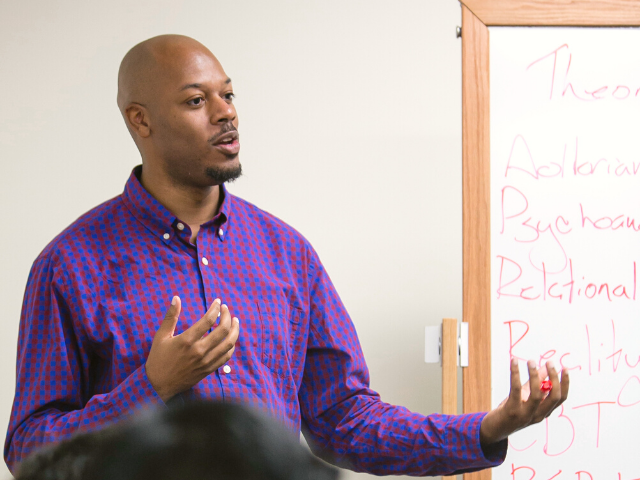How Does Restorative Justice in Education Work?
In any place where people come together, issues around behavior and conduct are bound to arise. Educational settings are no exception — conflicts between students, teachers, and staff are sometimes inevitable. But, this inevitability does not mean that issues of misconduct or misbehavior cannot be fixed or made right.
Recent studies and research highlight the significant advantages of embracing restorative justice in academic institutions — as opposed to more traditional punitive discipline practices or systems.
Let’s explore what restorative justice means, how it is used in academic settings, and why it is important for the social and emotional well-being of students and education professionals everywhere.
What is Restorative Justice?
Restorative justice (RJ) is a way to prevent or respond to harm in a community with an emphasis on healing, social support, and active accountability.
- Some practices aid in the prevention of harm by helping people build relationships and strengthen communities .
- Other practices respond to harm by identifying conflicts, needs, and solutions through an inclusive and collaborative decision-making process.
In short, restorative justice focuses on facilitated dialogue and collaborative decision making rather than punishment — seeking to resolve disciplinary issues through cooperation, positive action, and the possibility of mending relationships.
“We recognize that restorative justice is an emerging global movement with many traditions and approaches. It embraces personal and community empowerment, collaboration, and personal accountability to address harm and strengthen relationships."
—David Karp, PhD, Director, USD Center for Restorative Justice
Understanding Restorative Justice Practices in Education
Within the school community, restorative justice offers an alternative approach to discipline and conflict resolution that focuses on repairing harm and building relationships.
- Restorative justice can be an incredibly useful tool when considering students with sensitive needs, disabilities, and neurodiversity in the classroom.
- By taking into consideration the prejudice and racial privilege that impacts educational outcomes, restorative justice can be a way to honor and recognize the systemic injustices many students navigate every day.
An Example of Restorative Justice in Schools:
*Graphic from WeAreTeachers
How Does Restorative Justice Work in Schools?
Before a disciplinary issue arises, teachers use restorative practices to build vibrant classroom learning communities based on trust and respect. When an issue arises, whether it is a dispute between students or a breach of conduct, the restorative justice response comes into play. It involves bringing together all parties involved — students, educators, administrators, and even support staff — in a structured and guided dialogue.
This carefully facilitated dialogue allows each person to share their perspective, fostering empathy and understanding. From here, the principles of responsibility and accountability step in, encouraging those responsible to take ownership of their actions and collaboratively devise strategies to repair the harm.
Ultimately, restorative justice not only resolves conflicts but also nurtures a culture of respect, collaboration, and personal growth within the school community.
The Core Principles of Restorative Justice in Schools
Involvement and Participation
In the realm of restorative justice within schools, a crucial principle is the active involvement of all stakeholders. This encompasses not only students but also teachers, administrators, and support staff. When conflicts arise, the perspectives and insights of every party are valued, fostering a sense of shared ownership in the resolution process.
Empathy and Understanding
At the heart of restorative justice lies the principle of empathy. Active listening and understanding among participants creates a foundation of compassion that helps build a community where individuals can openly express their feelings and perspectives, leading to more meaningful and lasting solutions.
Responsibility and Accountability
Commitment to accountability is paramount for successful and effective restorative justice. When a conflict occurs, individuals are encouraged to take ownership of their actions. This extends beyond acknowledgment to making amends for the harm caused. By assuming accountability, individuals contribute to repairing relationships and rebuilding trust within the school community.
Collaboration and Problem Solving
Advocating for collaborative problem-solving is a key component of restorative justice. Instead of merely addressing the surface-level issues, restorative justice delves into the underlying causes of conflicts. By working together to uncover these root causes, the school community can identify proactive solutions that not only resolve the immediate conflict but also prevent similar incidents in the future.
Incorporating restorative justice into a school’s approach to discipline fosters an environment of mutual respect, understanding, and growth. By adhering to these core principles, schools enable individuals to learn from their mistakes, mend relationships, and collectively contribute to a more harmonious and supportive learning environment.




